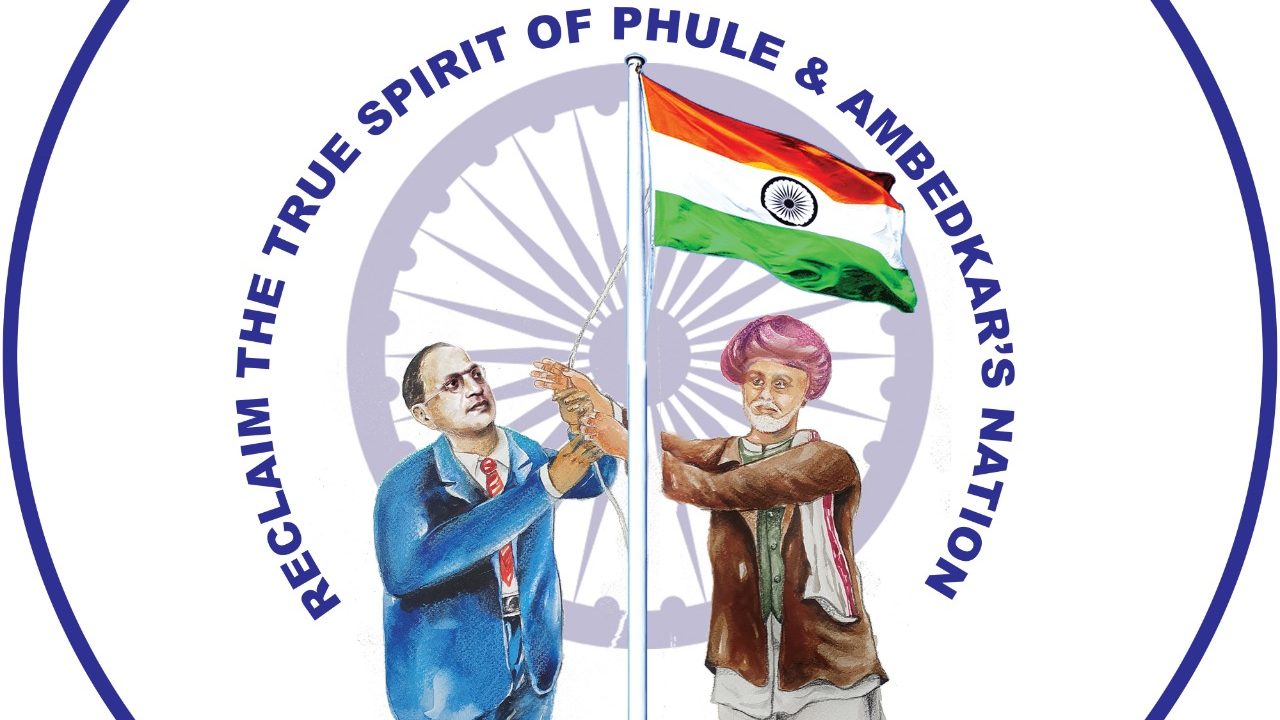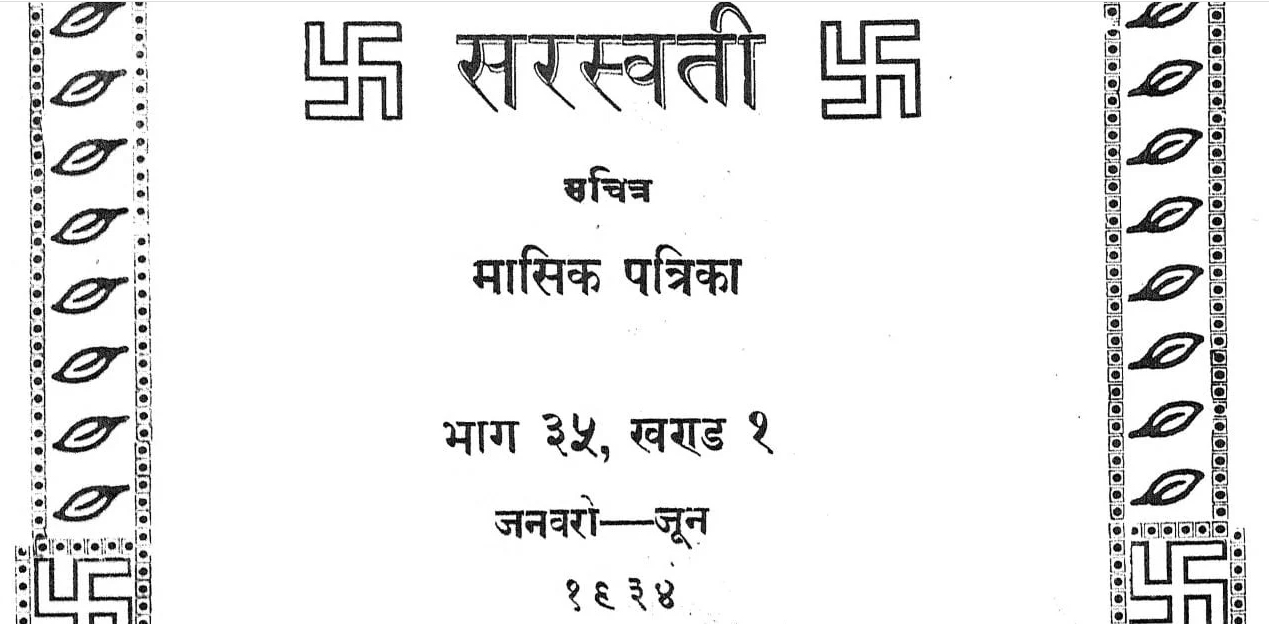I could hardly miss the two streams of culture and thought prevalent in Indian society. Neither was I oblivious to the existence of a distinct, third stream – of the Kshatriyas – which ultimately merged with the dominant Brahmanical stream. But being an atheist, my attention was never drawn to the existence of two different systems of worship.
What was most significant about the Bhakti movement was that it not only challenged the Brahmanical system of worship but almost destroyed it. It is another matter that, subsequently, Tulsidas made a concerted attempt at re-establishing the Brahmanical values and glorified the Varna system. But he could not even pose a challenge to the values established by Kabir and Raidas, let alone obliterate them. Raidas’s maxim ‘Man changa toh kathoti mein Ganga’ (If your heart is pure, then water in a pitcher is Ganga) is still accepted as a cardinal truth by Indian society while there are not many takers for Tulsi’s claims such as ‘Dhol, ganwar, Shudra, pashu, nari, yeh sab tadan ke adhikari’ (The drum, the rustic, the Shudra, the animal and the woman need to be beaten) or ‘Pujiye vipra sheel gun heena’ (Worship a Brahmin even if he lacks virtues and character).
Bhakti poets, especially the initial Nirgun (belief in a formless god) ones, laid more emphasis on purity of heart than on rituals and elaborate pujas, and the erstwhile society accepted their views. This needs to be understood in a some detail.
Hazari Prasad Dwivedi was the first to present the theory that the progenitors of the Bhakti movement were the Alwar saints of south India. They were devotees of Shiva and laid great emphasis on purity of heart. That was probably because they were Shudras and to a large extent, lacked resources. Neither did they know how to perform the rituals, nor did they have the right to do it. Dwivedi has not tried to explore the reasons behind their stance – and this was not his field either – but it is clear that the Alwar saints represented a social rebellion against the ritualistic religious practices. The saints of north India who joined this movement in the initial phase came from the lower social strata and strongly disapproved of rituals.
The movement came to north India from the south but the social circumstances responsible for its rise, and the ideology or thought from which it drew sustenance are unknown. There is a need for more research in these areas. I believe that the movement was born from the ancient stream of the materialistic ideology of the Shudras. Under the pressure of the changing times, materialism metamorphosed into worship of metaphysical entities. In that era, materialism to spiritualism was the natural course of development of knowledge. We will be able to understand what happened in that era only if we put it into perspective.
Even in the Ajivaka religion, there are elements of fatalism and belief, such as in the theory that whatever happens in one’s life is pre-decided. These elements cannot be ignored but what is important is that the entire Bhakti movement – from its birth to the emergence of Nirgun Bhakti Marg – is uncompromisingly opposed to Brahmanism and rituals. Of course, more research is needed before the movement can get its due place in the history of the country.
As stated earlier, Sagun (belief that God has a form) Bhakti poets and saints, especially Tulsidas, Brahmanized the Bhakti movement. Later, this biggest social movement of Indian history got stalemated due to a variety of factors.
But even Tulsi and other Brahmanical poets had to accept that purity of heart and sincerity were prerequisites for real Bhakti. That was because society had already rejected elaborate religious ceremonies based on complicated rituals and bizarre practices. The Satyanarayan Katha continued to be read – and it is read even today – but even those who perform the puja accept that thoughts and sentiments are more important than rituals. The Shudra principle of purity of intention has won a decisive victory over the Brahmanical principle of ritual and sacraments. This is a major success of the Shudra or, better still, of the anti-Brahmanism stream of thought and this needs to be highlighted.
Published in the October 2014 issue of the Forward Press magazine
Forward Press also publishes books on Bahujan issues. Forward Press Books sheds light on the widespread problems as well as the finer aspects of Bahujan (Dalit, OBC, Adivasi, Nomadic, Pasmanda) society, culture, literature and politics. Contact us for a list of FP Books’ titles and to order. Mobile: +917827427311, Email: info@forwardmagazine.in)





